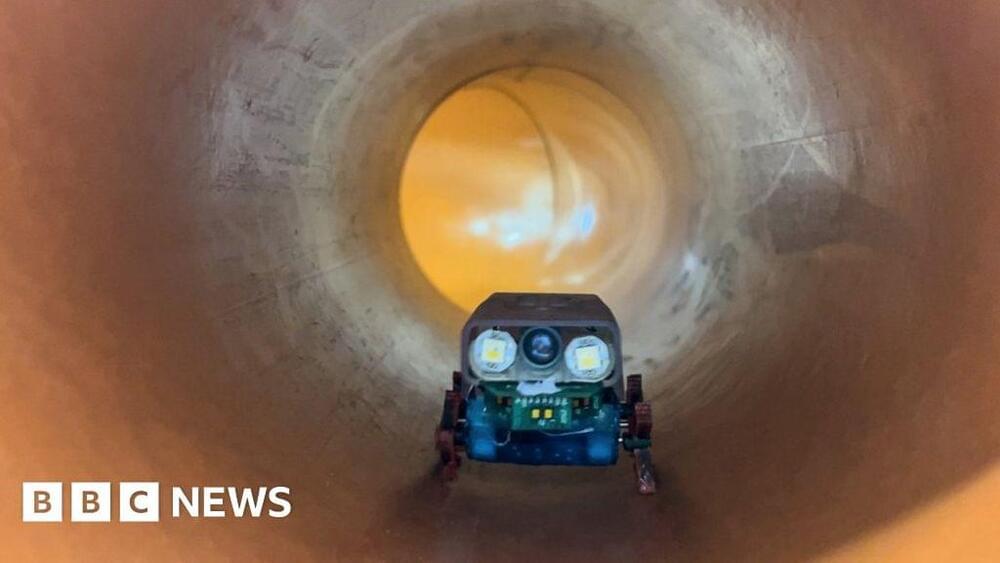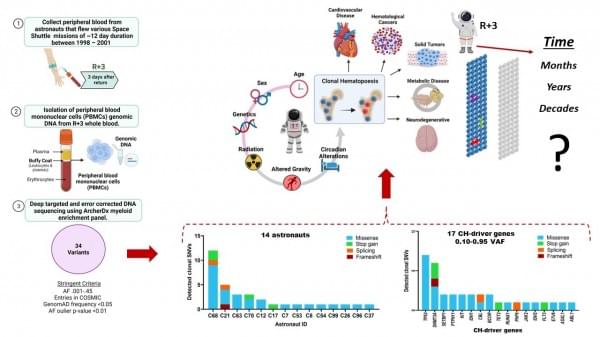Transplanting a patient’s own hematopoietic stem cells may defer the progression of disability longer in patients with secondary progressive multiple sclerosis (SPMS) than treatment with other anti-inflammatory disease-modifying therapies (DMT), reports a study published in the journal Neurology “Hematopoietic Stem Cell Transplantation in People With Active Secondary Progressive Multiple Sclerosis”.
“Hematopoietic stem cell transplants have been previously found to delay disability in people with relapsing-remitting MS, but less is known about whether such transplants could help delay disability during the more advanced stage of the disease,” said Matilde Inglese, MD, PhD, professor of neurology at the University of Genoa in Italy and senior author of the study. “Our results are encouraging because while current treatments for SPMS have modest or small benefits, our study found stem cell transplants may not only delay disability longer than many other MS medications, they may also provide a slight improvement in symptoms.”
Patients initially diagnosed with relapsing-remitting MS, where periods of active flare-up of symptoms alternate spans of remission, eventually develop SPMS where the disease worsens gradually but steadily. The exact mechanisms leading to increased neurodegeneration in SPMS are unclear, but evidence suggests a major role of innate and adaptive immune mechanisms that drive inflammation in the brain parenchyma, the leptomeninges, and the cerebrospinal fluid.









